The history of the circus
Step right up to explore the mesmerizing world of the circus, where imagination and reality blur into a spectacular show. From daring acrobats soaring through the air to hilarious clowns tickling your funny bone, the circus is a celebration of human skill and creativity.
With a history as rich as the acts themselves, the circus has managed to entertain and captivate audiences across the globe for centuries.
The Ancient Origins: Where It All Began
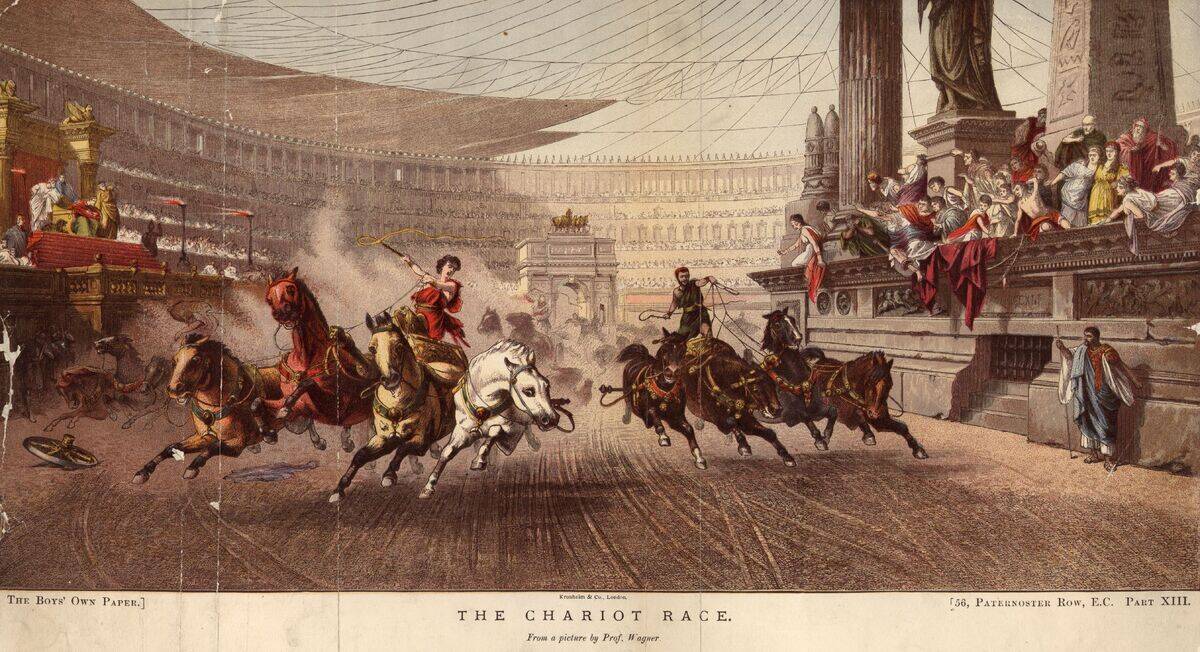
The origins of the circus can be traced back to ancient civilizations, with evidence of circus-like performances in Egypt and China (though they were traditionally called “variety art” the latter nation). In ancient Rome, the Circus Maximus was the grand stage for chariot races and gladiator battles, drawing massive crowds.
These early spectacles laid the groundwork for the diverse and thrilling acts that would evolve into the modern circus we know today.
Roman Spectacles and the Birth of Circus Maximus
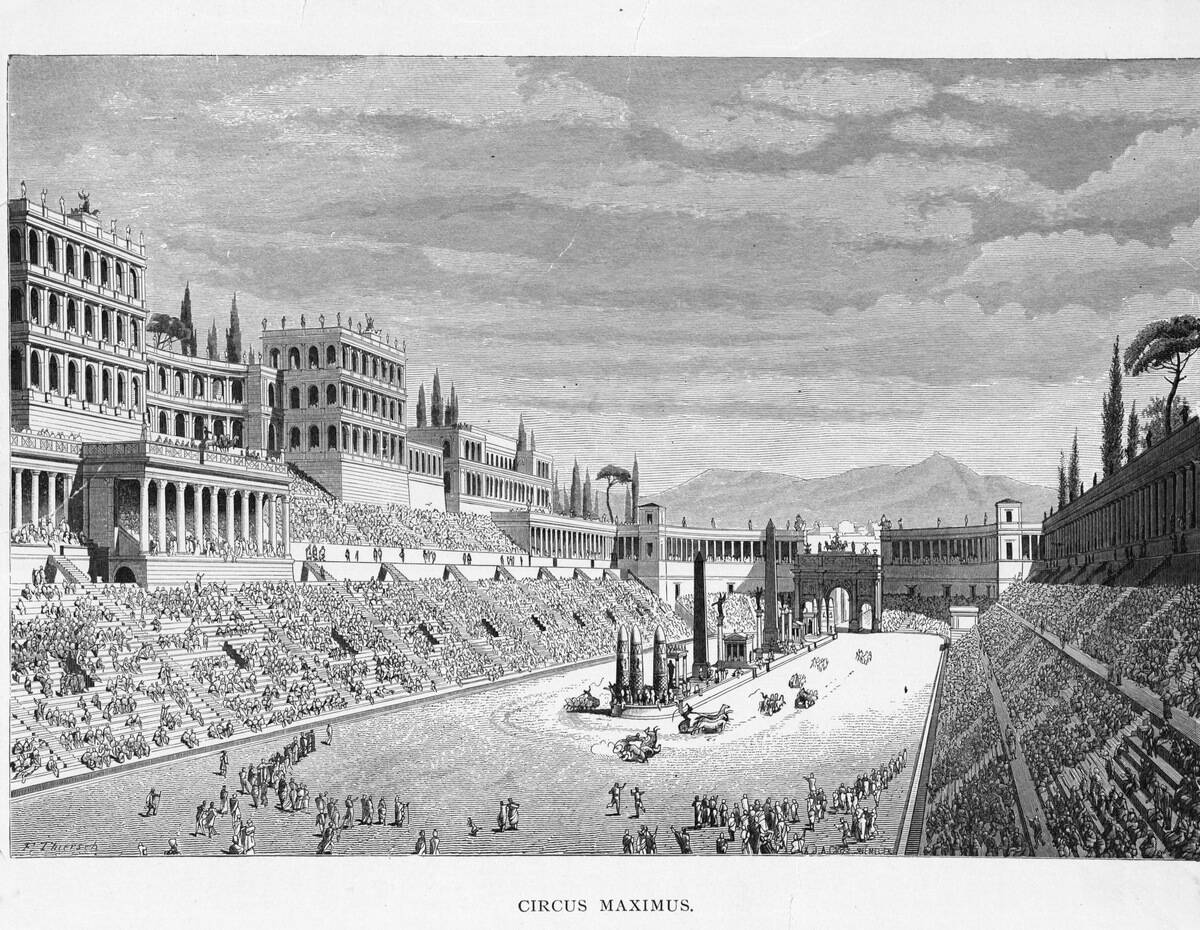
The Circus Maximus, originally a simple wooden structure, became the epicenter of entertainment in ancient Rome. With a capacity of over 150,000 spectators, it hosted chariot races and mock naval battles, capturing the public’s imagination.
The grandeur of these events was unmatched, setting a precedent for the scale and excitement of future circus performances.
Medieval Fairs: The Traveling Performers
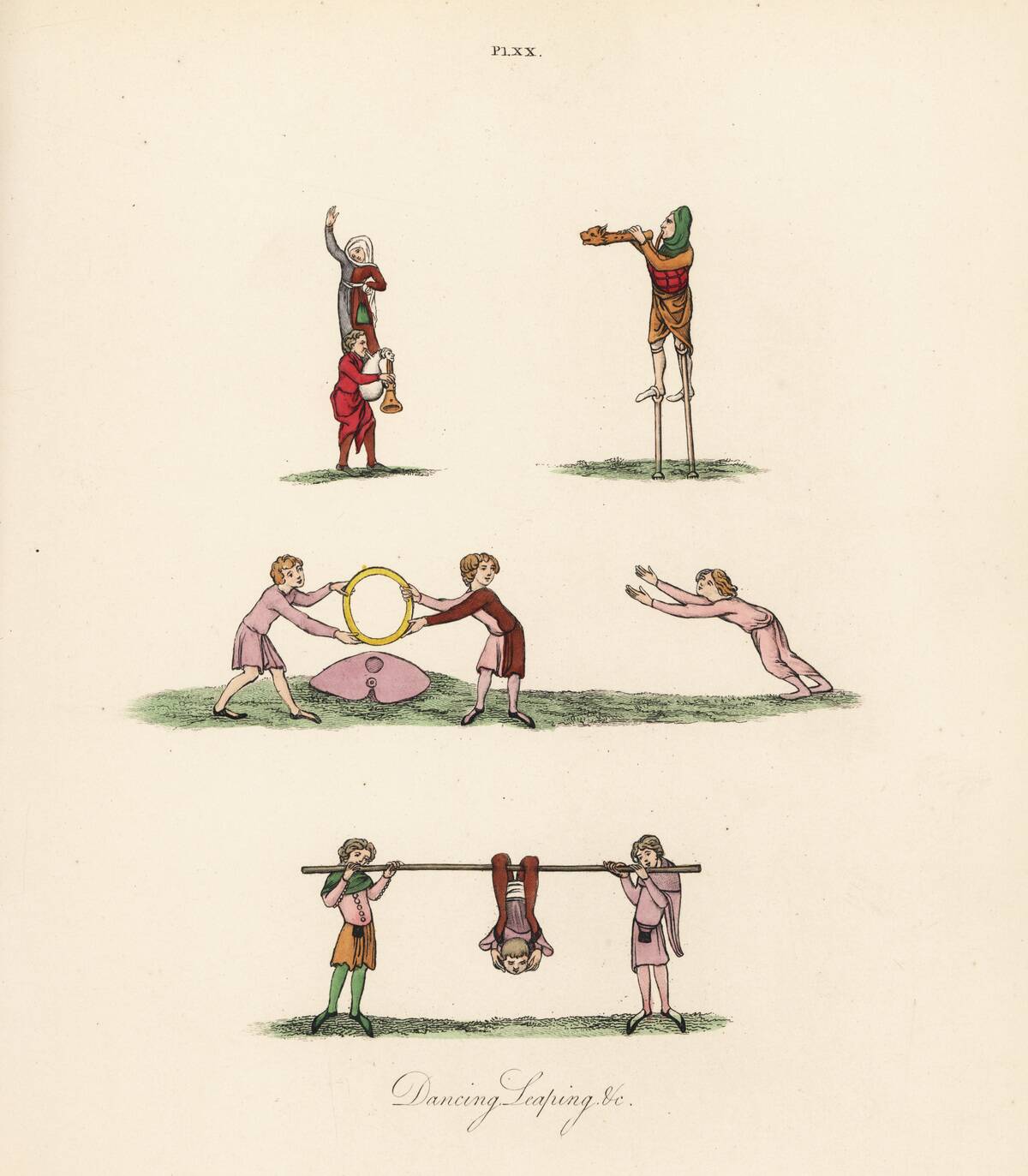
During the medieval period, fairs became the stage for traveling performers who entertained with juggling, acrobatics, and storytelling. These itinerant entertainers brought joy to towns and villages, paving the way for the establishment of permanent circus troupes.
Their ability to captivate audiences with limited resources is a testament to the enduring appeal of the circus arts.
The Evolution of Circus in the Renaissance Era
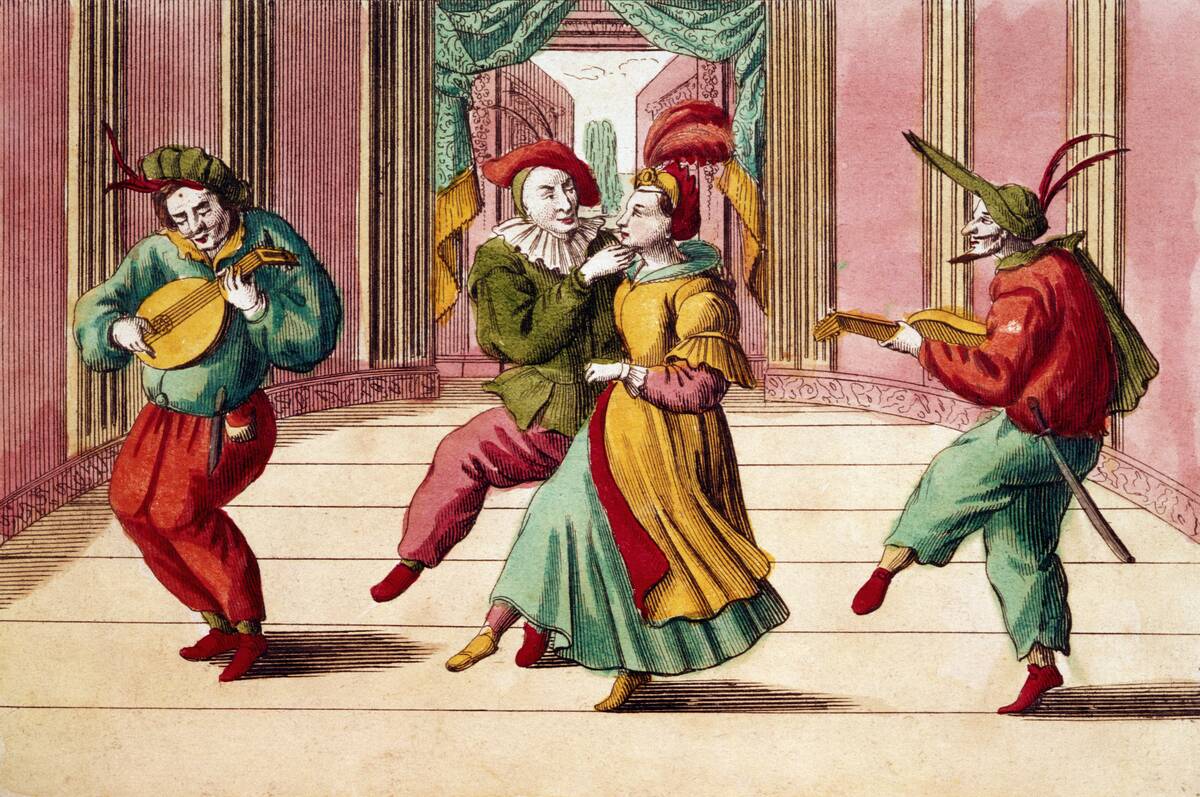
The Renaissance era saw a resurgence of interest in the arts, and circus performers found new opportunities to showcase their talents. With the rise of the commedia dell’arte in Italy, performers began to incorporate elements of drama and comedy into their acts.
This period marked a turning point, as the circus began to morph from street performances into more sophisticated forms of entertainment.
The Great Philip Astley: Father of the Modern Circus
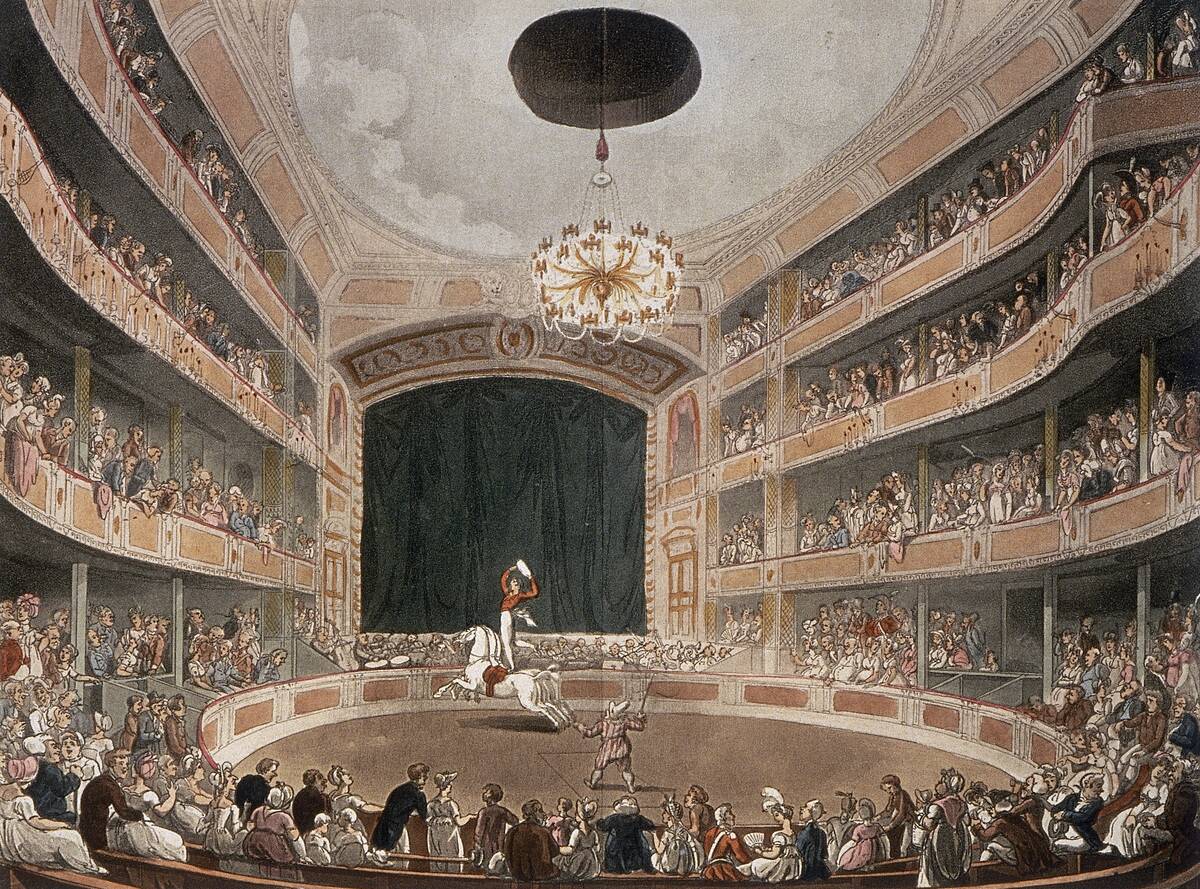
In 1768, Philip Astley, a former cavalryman, opened the first modern circus in London, complete with a circular arena and equestrian acts.
Often credited as the father of the modern circus, Astley introduced the format of a ring, which allowed performers to maintain balance during horseback tricks. His innovative approach set the stage for the circus as a structured and popular form of entertainment.
The Rise of the Big Top: A Game Changer
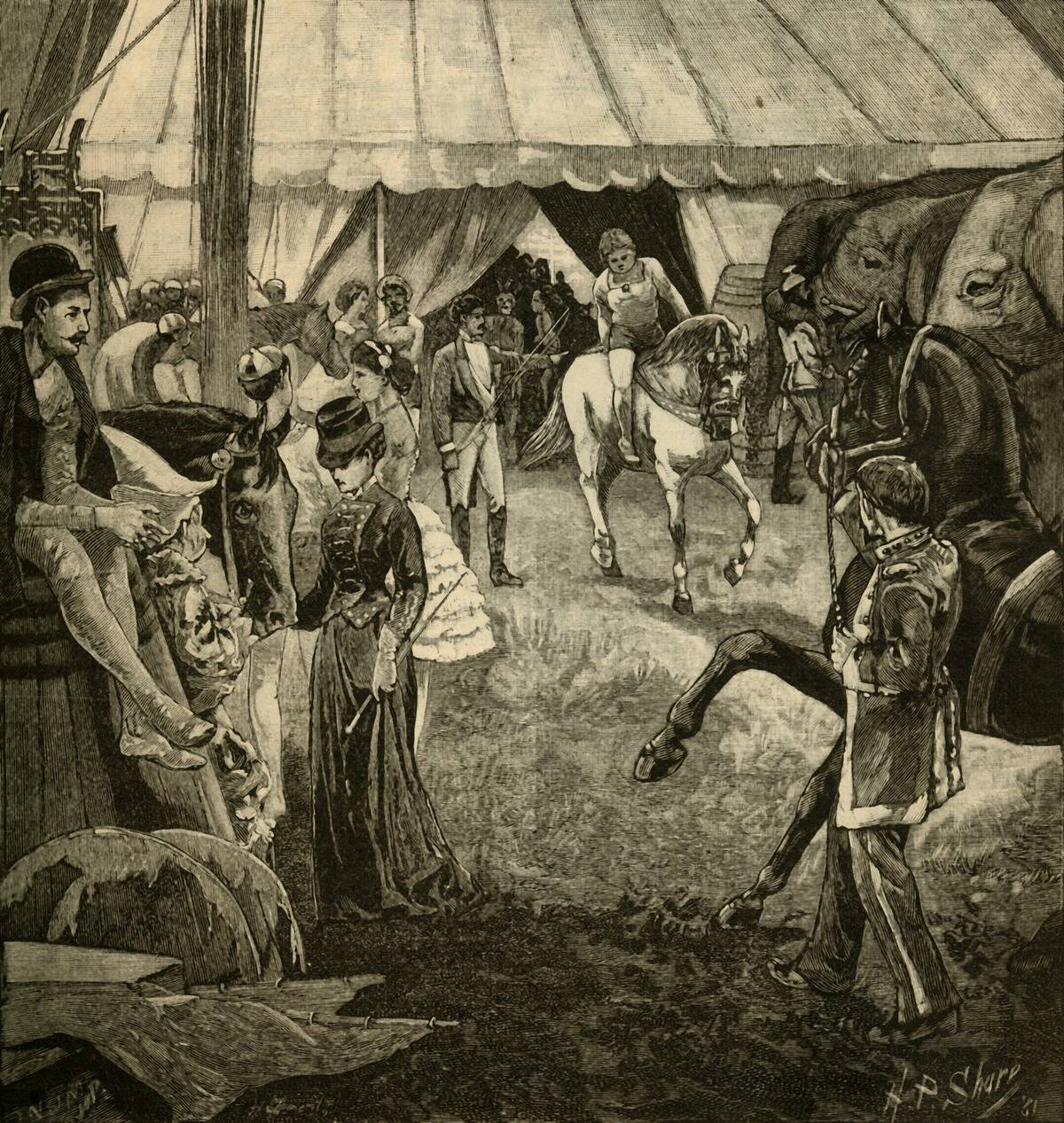
The introduction of the big top tent transformed the circus industry, allowing it to travel and reach new audiences. This portable venue provided shelter from the elements and created an intimate atmosphere where audiences could enjoy performances regardless of weather conditions.
The iconic striped tents quickly became synonymous with the circus, symbolizing the excitement and mystery of the traveling show.
The Golden Age of Circus in the 19th Century
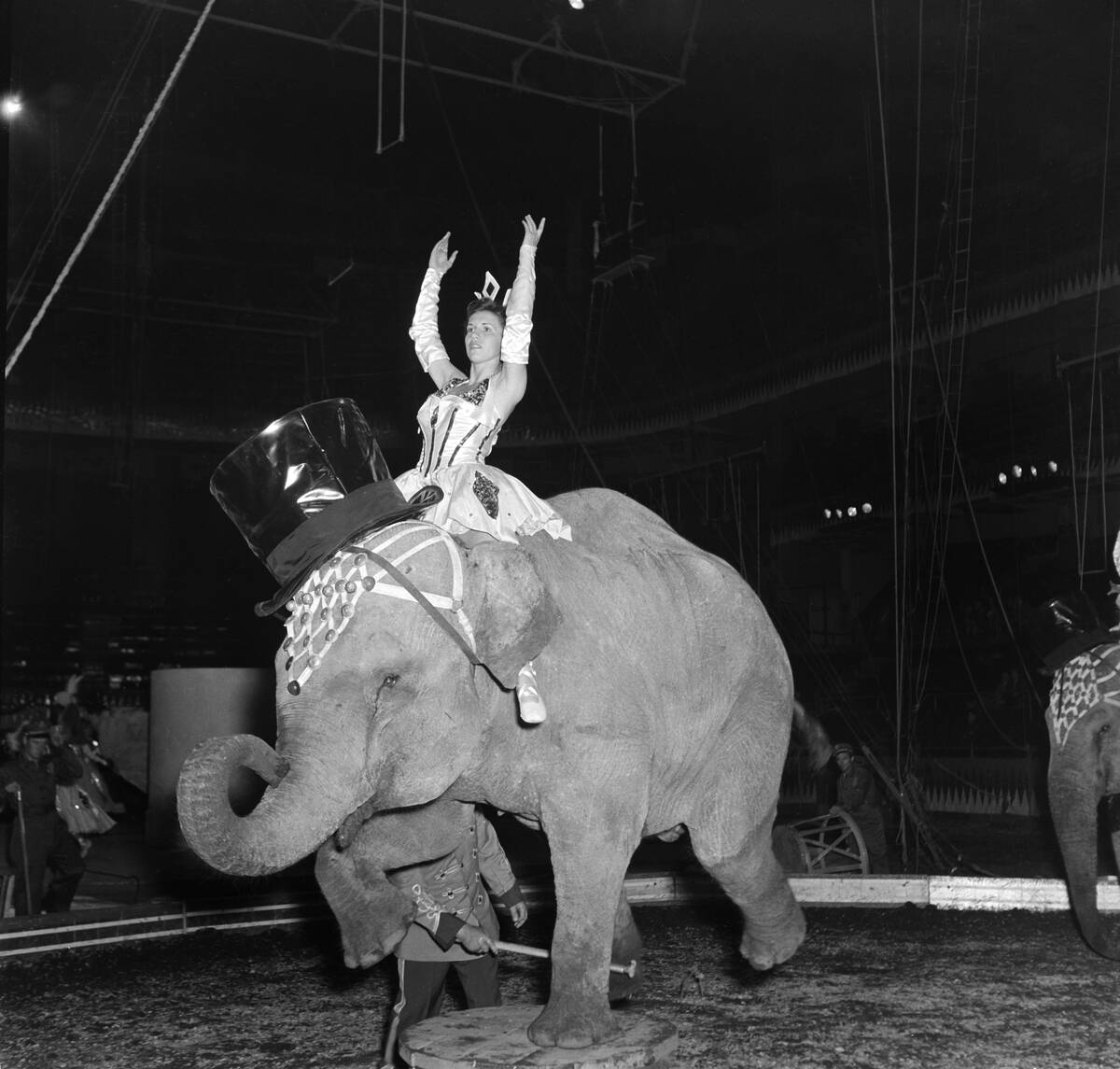
The 19th century marked the golden age of the circus, with shows becoming larger and more elaborate. Innovations such as the three-ring circus, introduced by P.T. Barnum, allowed multiple acts to perform simultaneously, increasing the spectacle’s grandeur.
This era also saw the introduction of exotic animals and daring feats, captivating audiences and solidifying the circus’s place in popular culture.
Pioneers of American Circus: From Barnum to Bailey
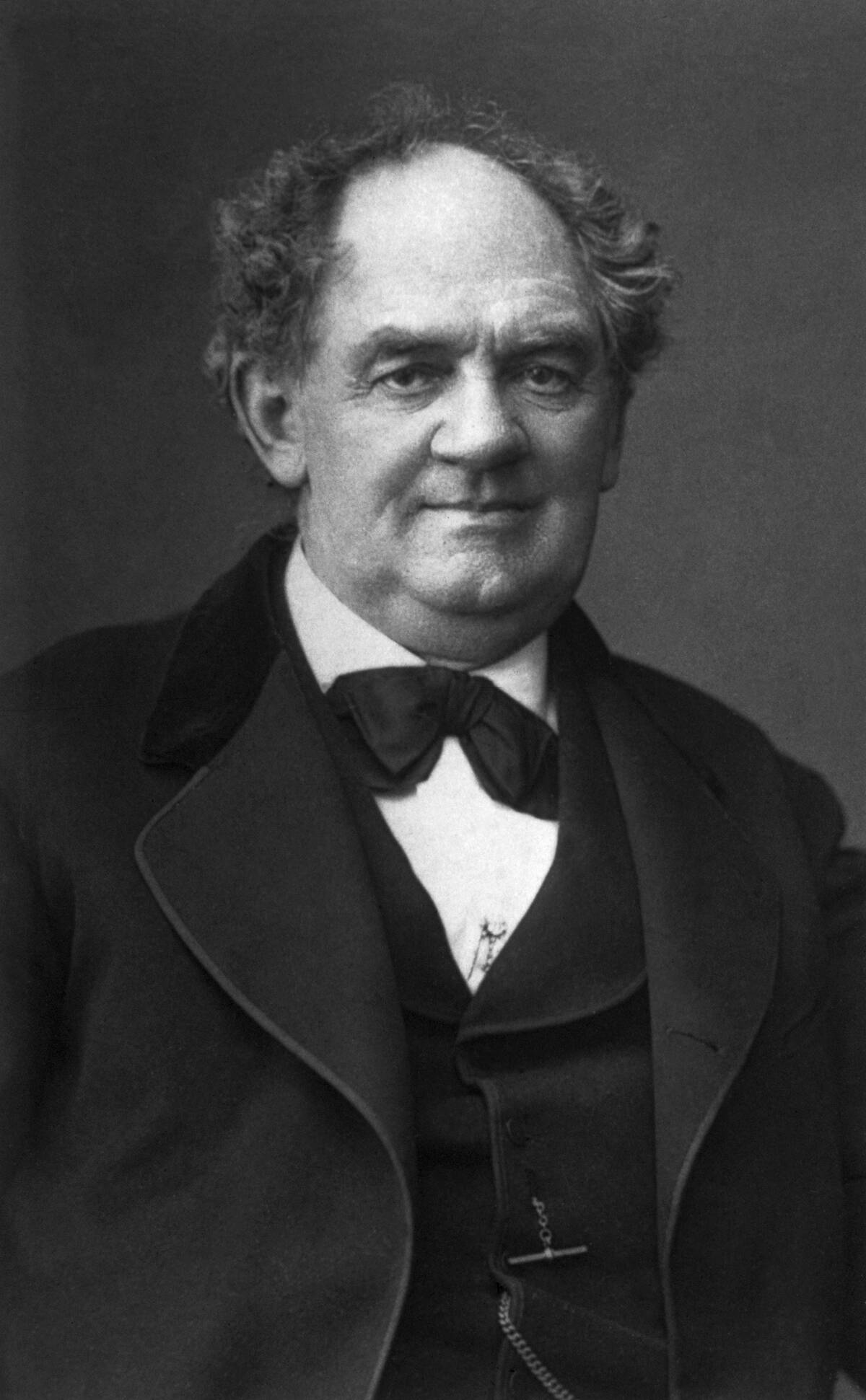
P.T. Barnum, a master showman, revolutionized the circus with his creation of the “Greatest Show on Earth.” His partnership with James A. Bailey brought together the world’s most astonishing acts, creating a spectacle that drew record crowds.
Their collaboration introduced new elements to the circus, including the three-ring format, and set the standard for future productions in America and beyond.
The Influence of Circus Acts on Popular Culture
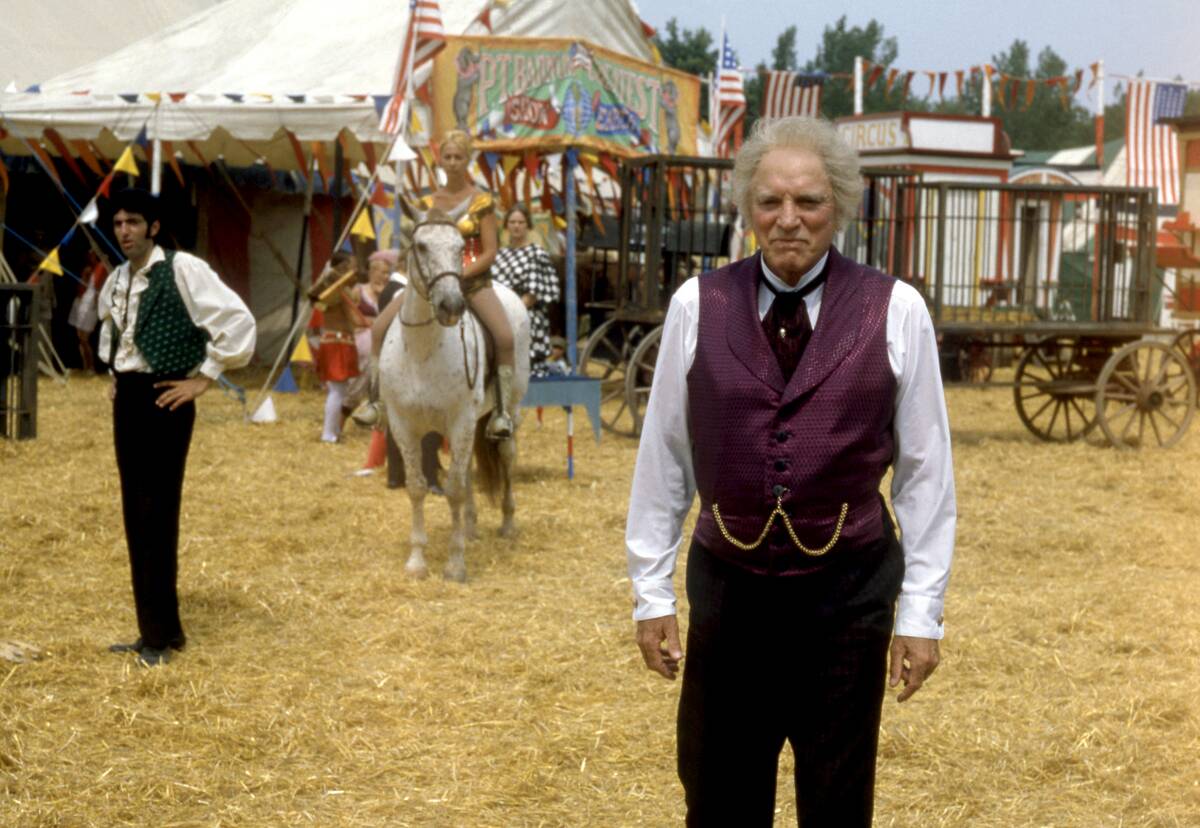
Circus acts have had a profound influence on popular culture, inspiring everything from fashion to film. The daring feats of trapeze artists and the whimsical antics of clowns have captured the imagination of audiences worldwide.
Iconic films like The Greatest Showman and Dumbo pay homage to the magic of the circus, ensuring its legacy continues to enchant new generations.
Circus Animals: From Exotic Beasts to Animal Rights
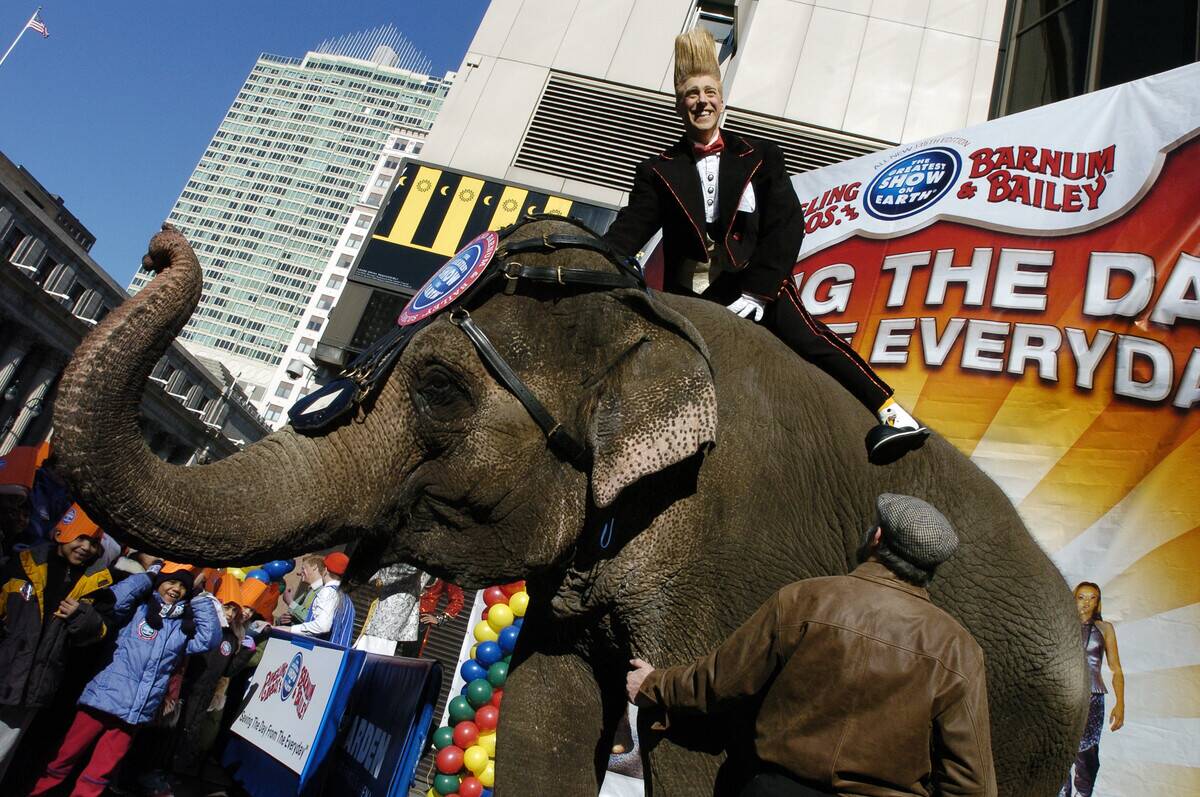
For much of circus history, exotic animals were a main attraction, with audiences marveling at lions, elephants, and tigers. However, growing awareness and concern for animal welfare have prompted significant changes in how animals are treated.
Many modern circuses have shifted away from using animals, focusing instead on human performers and acrobatics, in response to calls for more ethical practices.
The Role of Clowns: From Court Jesters to Circus Stars
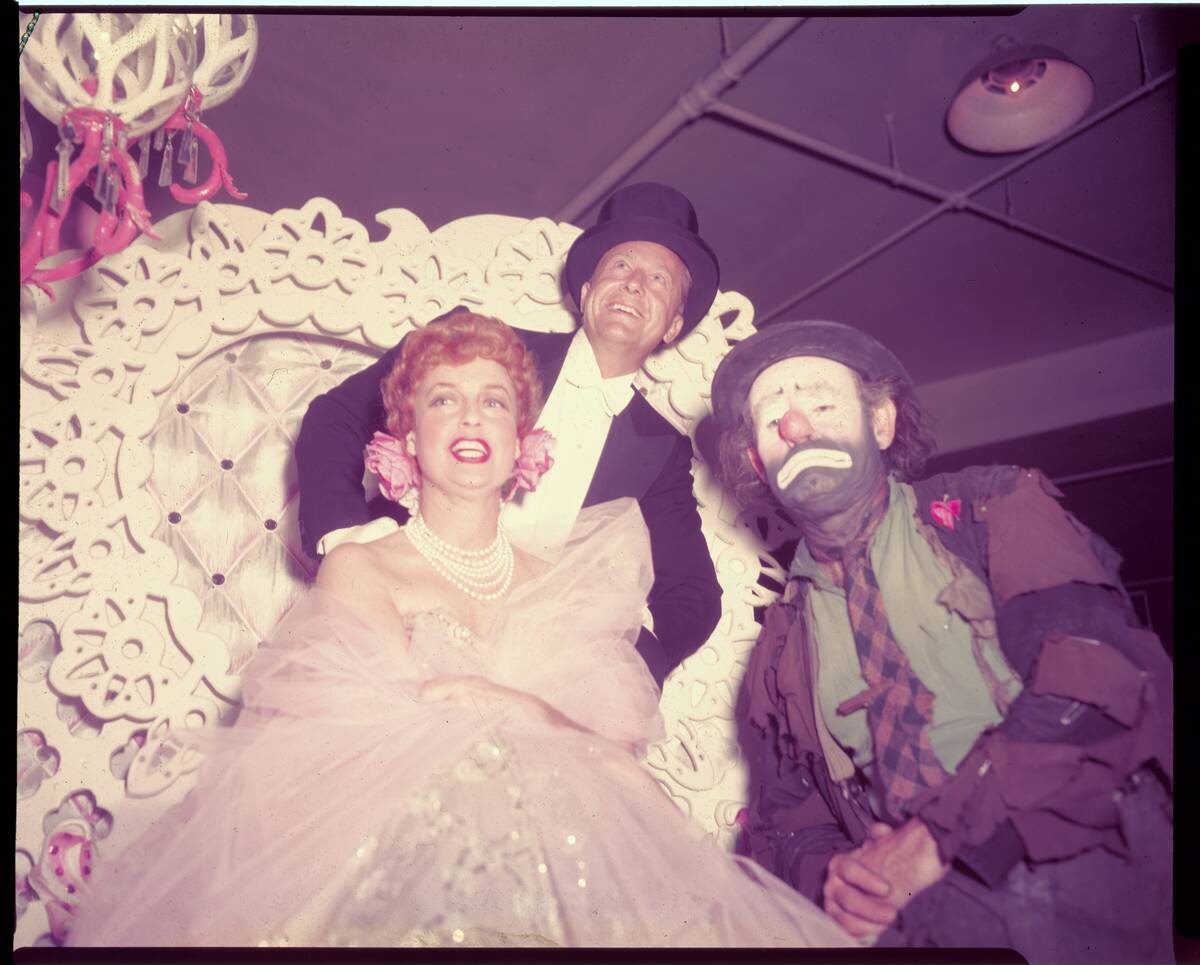
Clowns have been a staple of circus entertainment, evolving from medieval court jesters to beloved circus stars. Known for their exaggerated costumes and slapstick humor, clowns bring joy and laughter to audiences of all ages.
Their ability to communicate emotion without words makes them universally understood, ensuring their place as an essential part of the circus tradition.
Women in Circus: Breaking Barriers and Performing Feats
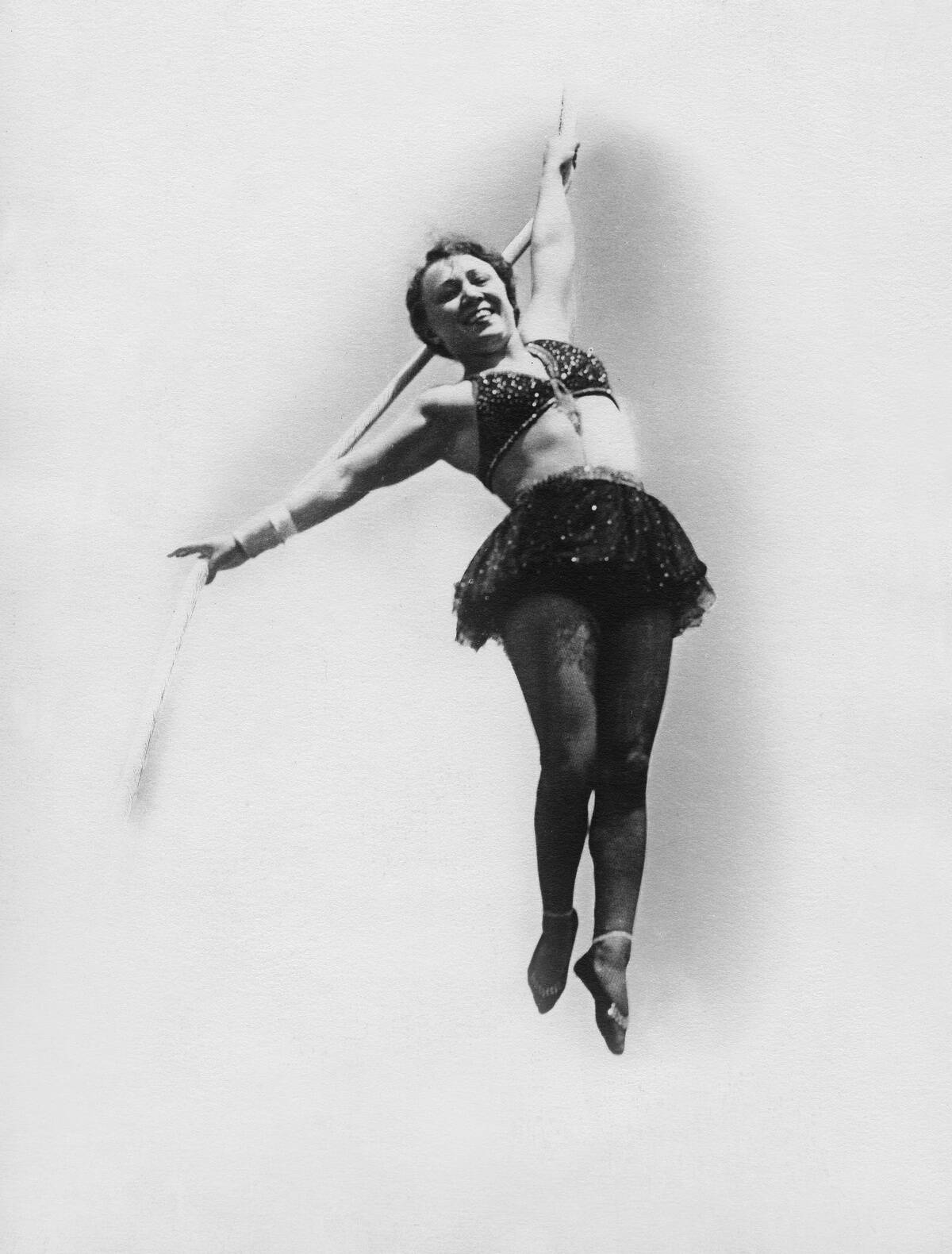
Women have played a crucial role in the circus, often defying societal norms to perform daring acts. Trailblazers like Lillian Leitzel, a renowned aerialist, captivated audiences with her strength and grace.
Over the years, women have continued to challenge gender roles in the circus, taking on leadership positions and showcasing their talents in various disciplines, from tightrope walking to animal training.
The Art of the Aerialist: Flying High
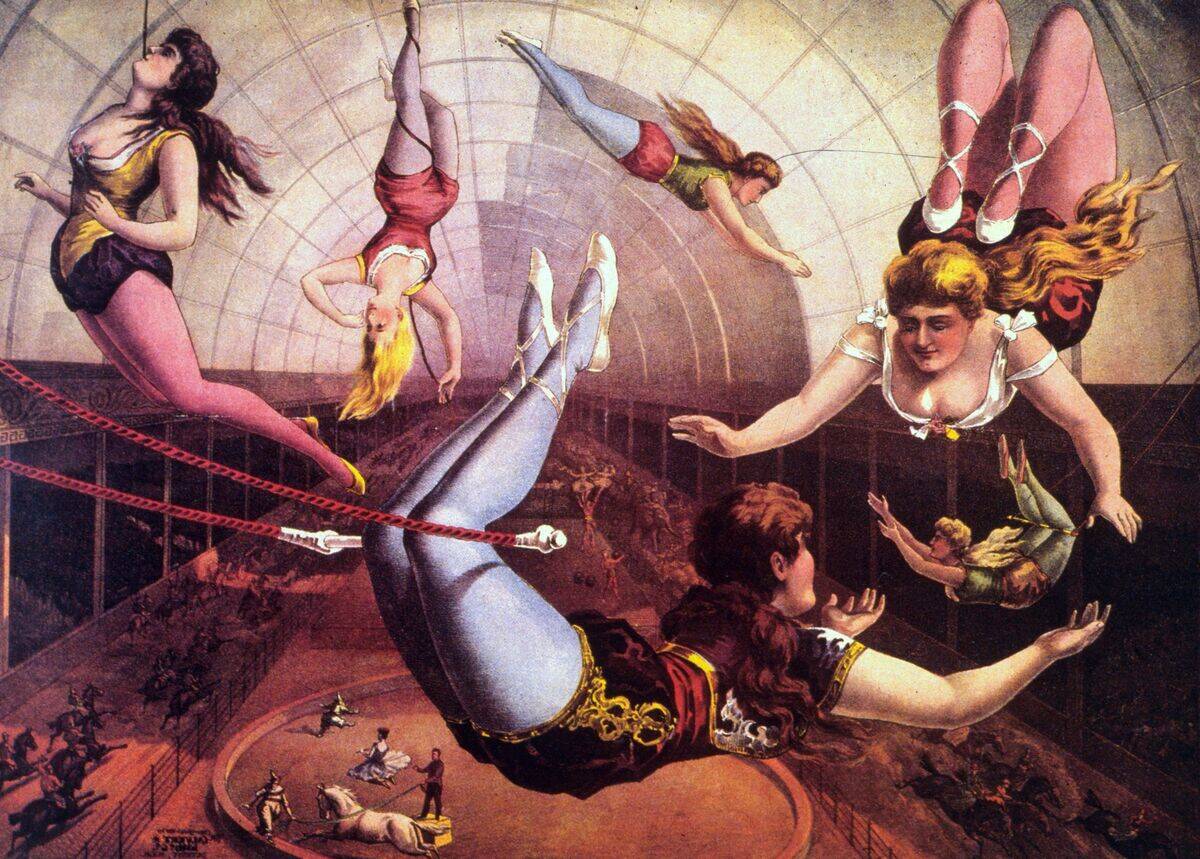
Aerialists bring a magical quality to the circus, performing breathtaking feats high above the ground. These performers, often seen on trapezes or silks, require immense strength and agility.
The art of the aerialist combines athleticism with artistry, creating a visual spectacle that leaves audiences in awe. Their performances highlight the circus’s ability to push the boundaries of human capability.
The Traveling Life: Behind the Scenes of Circus Troupes
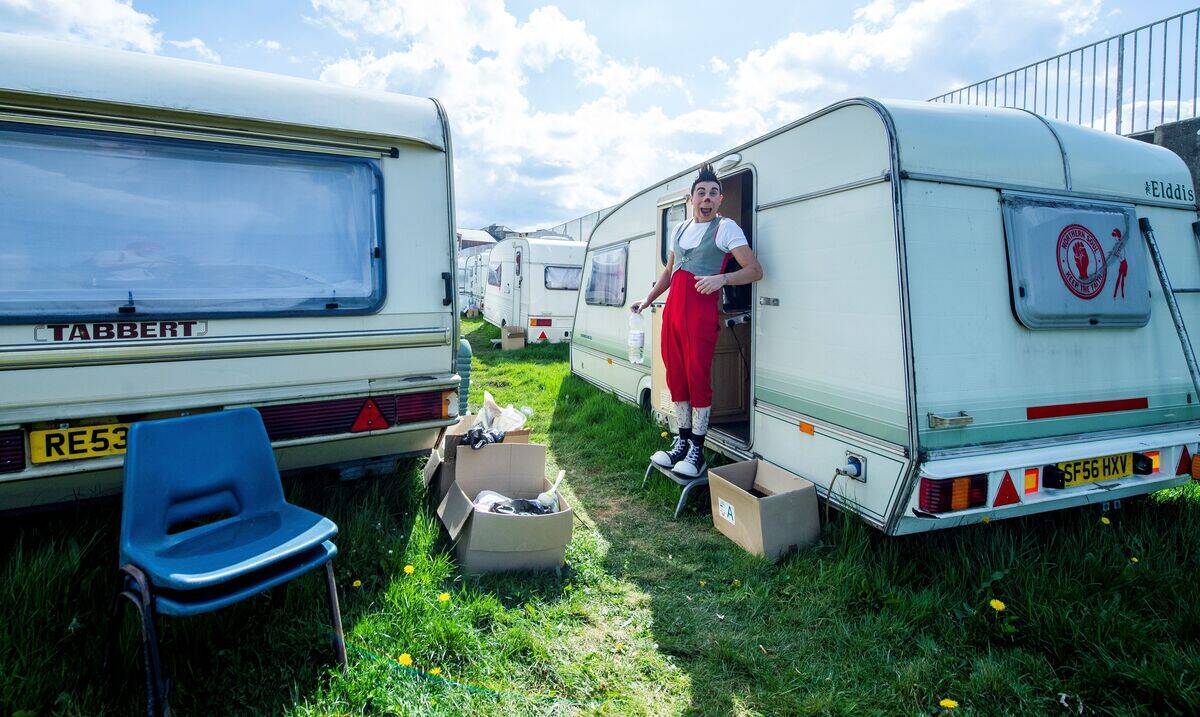
Life on the road is a defining aspect of the circus, with performers and crew forming tight-knit communities as they travel from town to town.
This nomadic lifestyle requires adaptability and resilience, as troupes set up and dismantle their entire operation with each new location. Behind the scenes, the camaraderie and dedication of circus members ensure the show goes on, rain or shine.
Modern Circus: A Blend of Tradition and Innovation
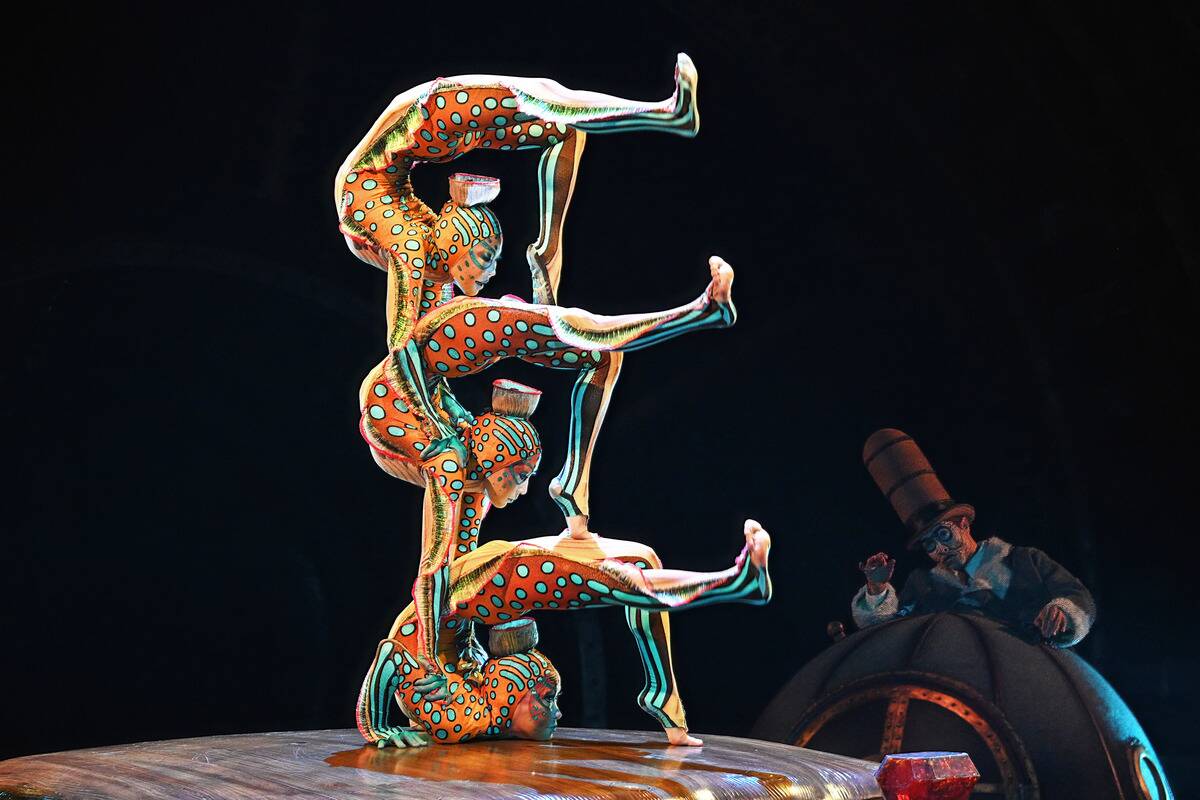
Today, the circus continues to evolve, blending traditional acts with modern innovations. Companies like Cirque du Soleil have redefined the circus experience by incorporating theatrical elements, cutting-edge technology, and contemporary storytelling.
This fusion of old and new ensures that the circus remains relevant, captivating audiences with its ever-evolving artistry and creativity.
The Impact of the Digital Age on Circus Performances
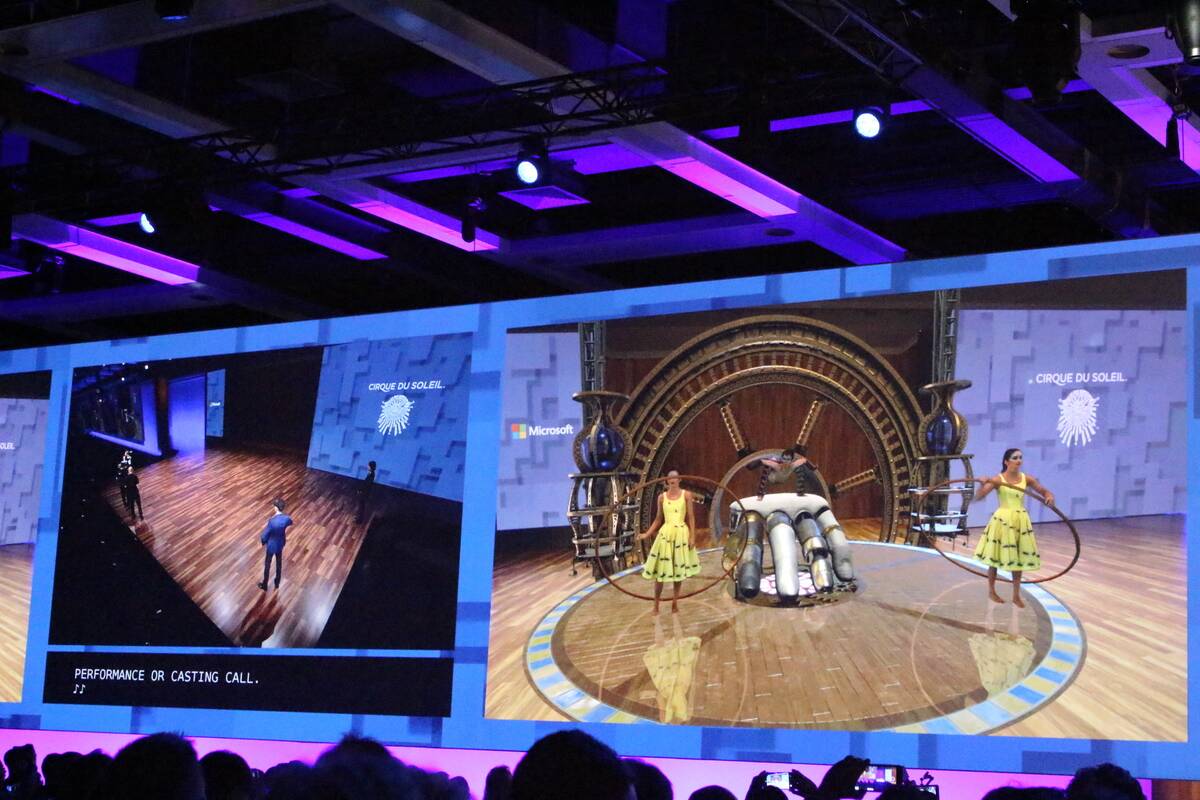
The digital age has transformed how audiences experience the circus, with virtual reality and live streaming expanding access to performances worldwide. Technology has enhanced production values, allowing for more elaborate sets and special effects.
While some argue that digital elements detract from the traditional circus experience, others see it as an opportunity to reach new audiences and keep the art form alive.
Notable Circus Families Through History
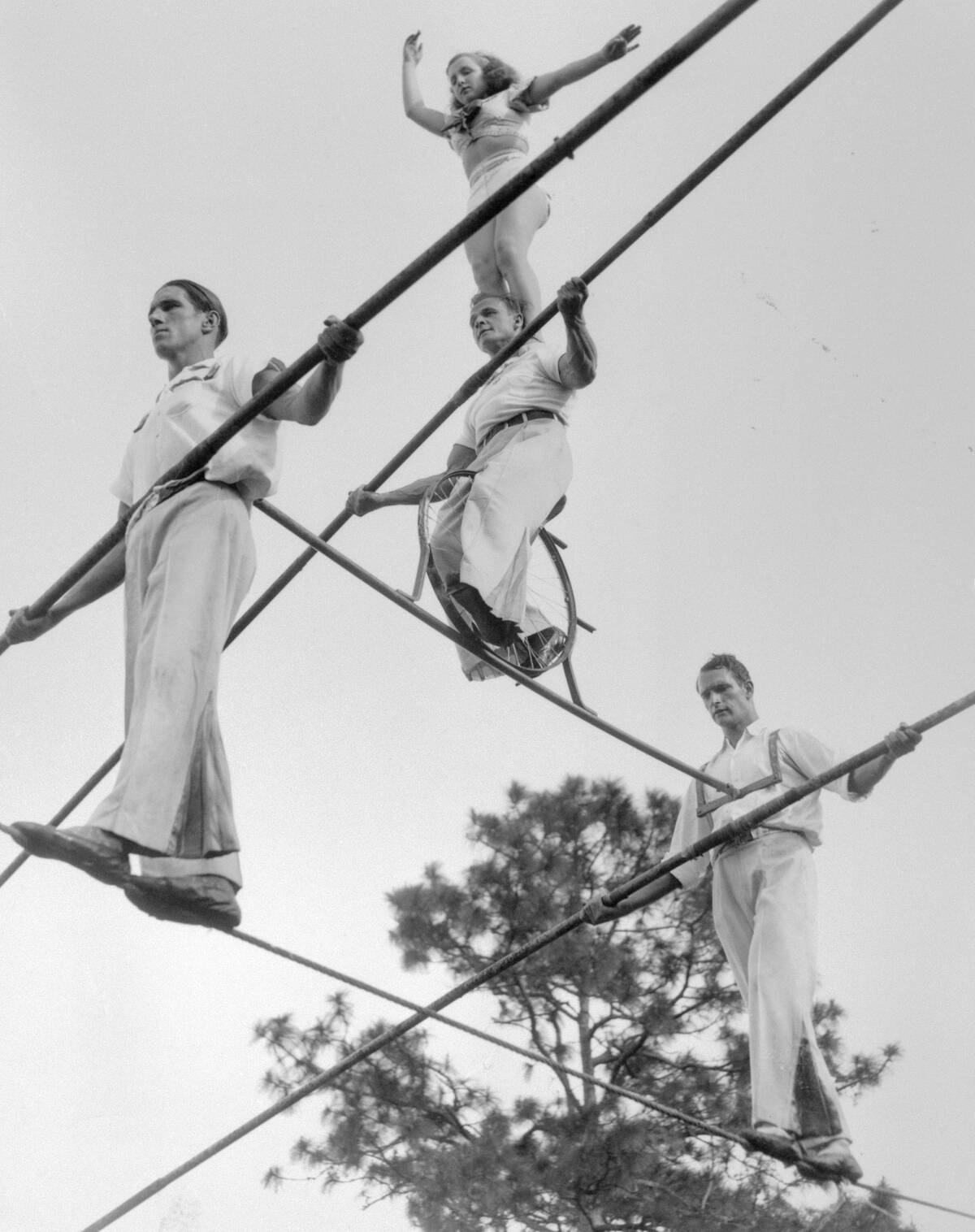
Throughout history, several families have become synonymous with the circus, passing down their skills and traditions through generations. The Wallendas, known for their high-wire acts, and the Flying Gaonas, famed trapeze artists, are just a few examples.
These families have contributed to the circus’s rich legacy, preserving its heritage while inspiring future performers with their dedication and artistry.
Circus Schools: Training the Next Generation
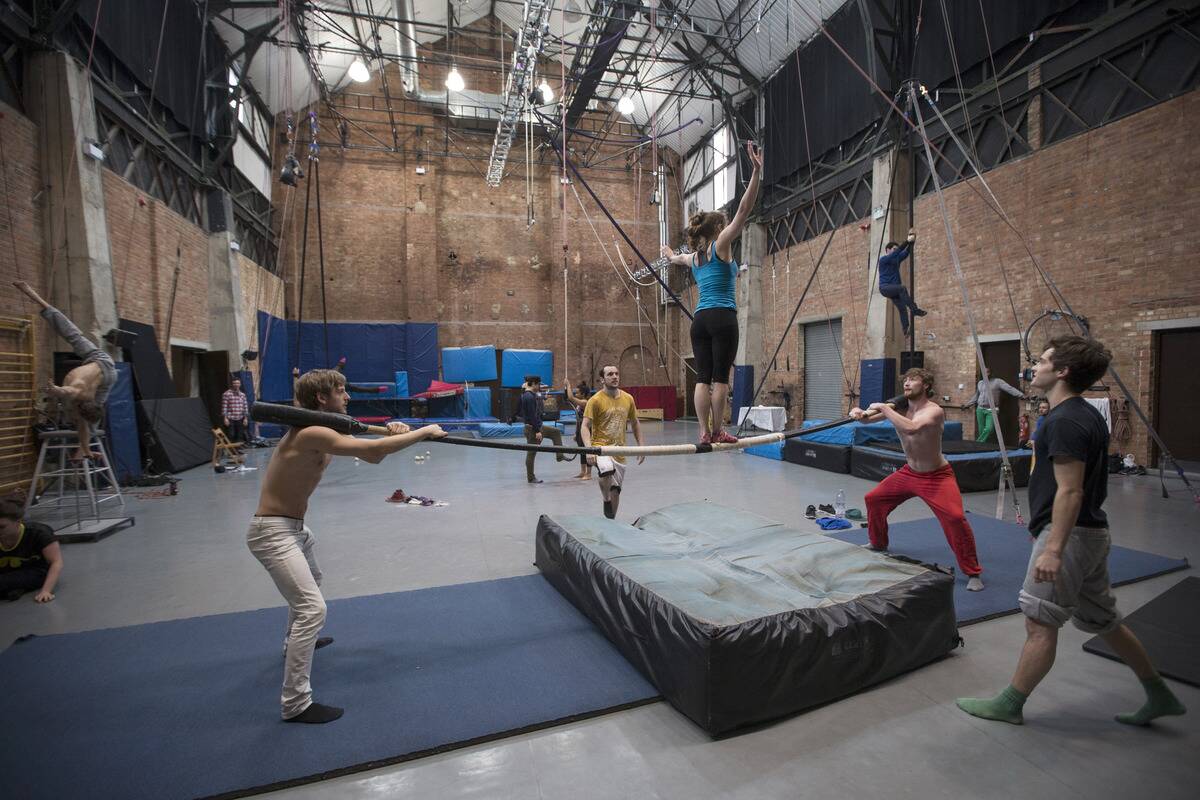
Circus schools play a crucial role in training the next generation of performers, offering programs that teach everything from acrobatics to clowning. Institutions like the National Circus School in Montreal provide aspiring artists with the skills and discipline needed to succeed in the industry.
These schools ensure the continuation of circus traditions while fostering innovation and creativity among emerging talents.
Circus Across the Globe: Unique Styles and Traditions
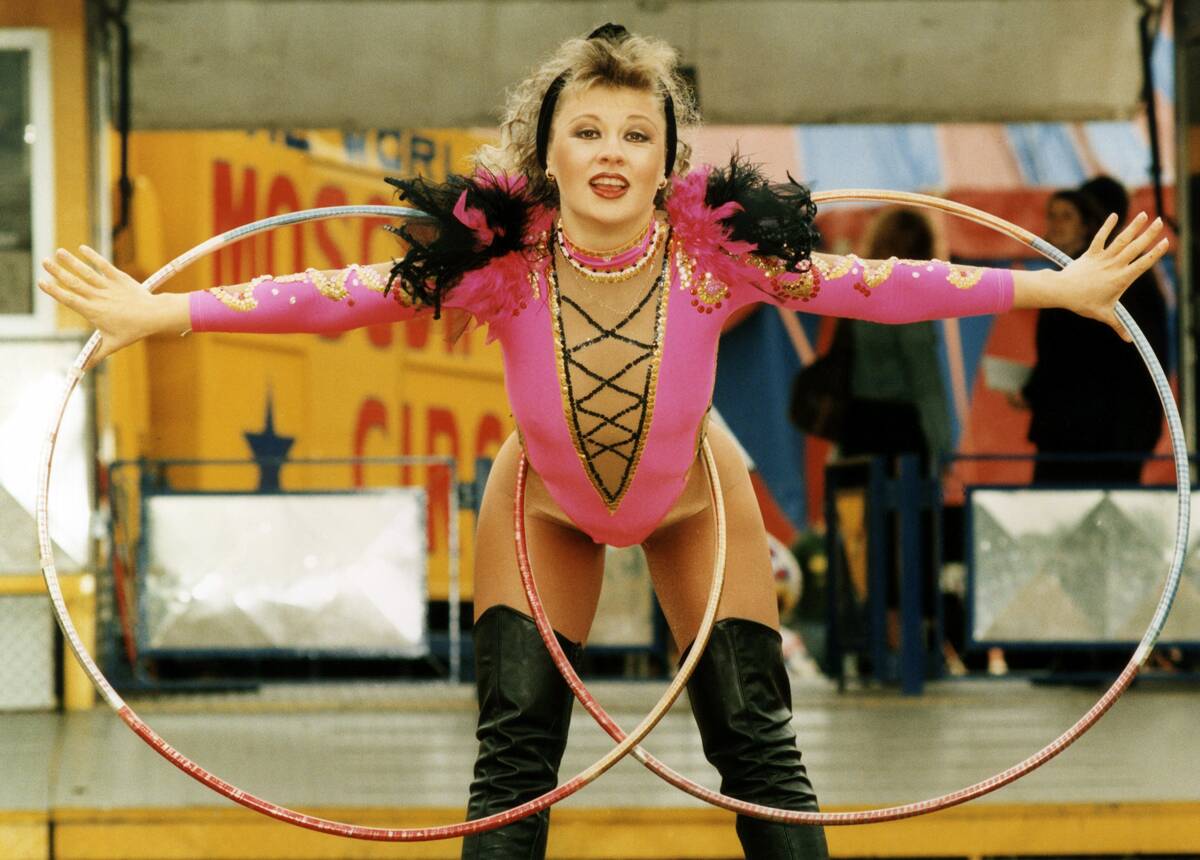
Circus traditions vary widely across the globe, reflecting the diverse cultures and histories of each region. In Russia, the circus is renowned for its acrobatic prowess, while in China, performers showcase incredible feats of balance and flexibility.
These unique styles contribute to a rich tapestry of circus arts, offering audiences a glimpse into the world’s cultural diversity through the universal language of performance.
Circus in Film and Literature: Capturing the Magic
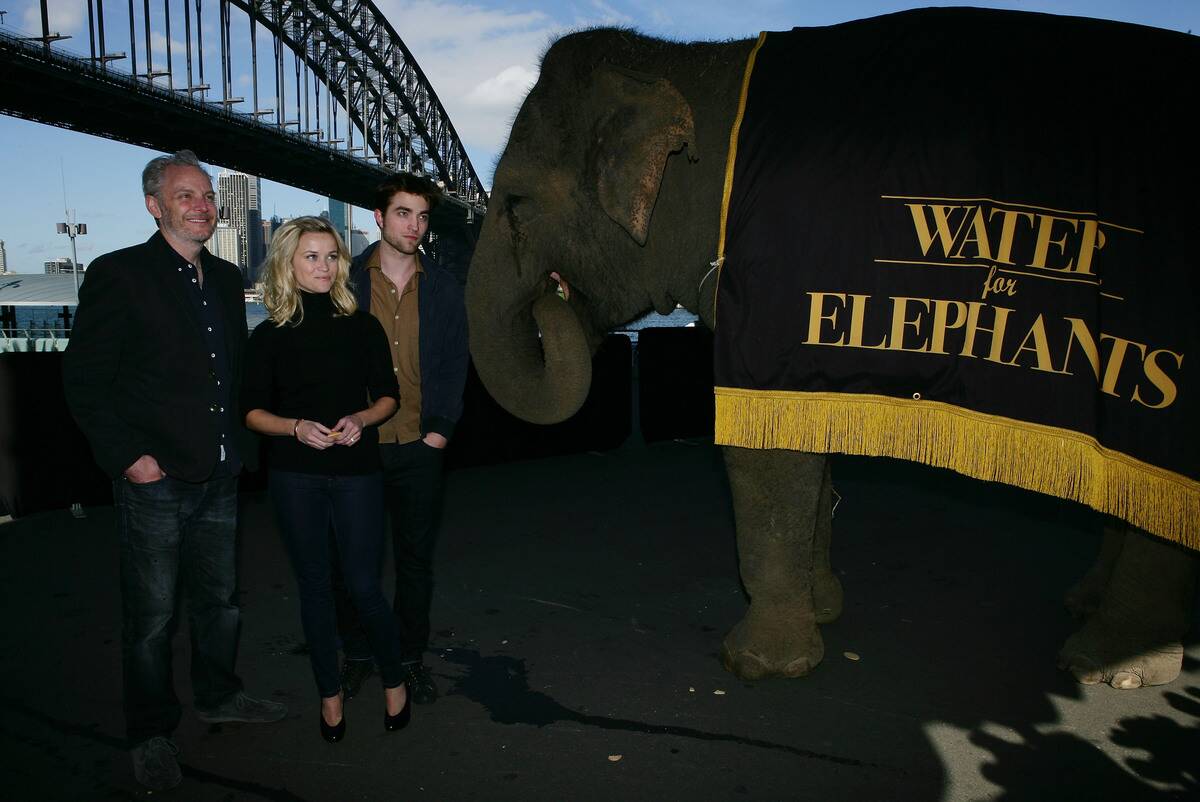
The allure of the circus has inspired countless works of film and literature, capturing its magic and mystique. Movies like Water for Elephants and novels like The Night Circus transport audiences to a world of wonder and adventure.
Through these mediums, the circus continues to enchant, reminding us of its enduring power to spark the imagination and transport us to a place where anything is possible.
Challenges and Controversies in the Circus Industry
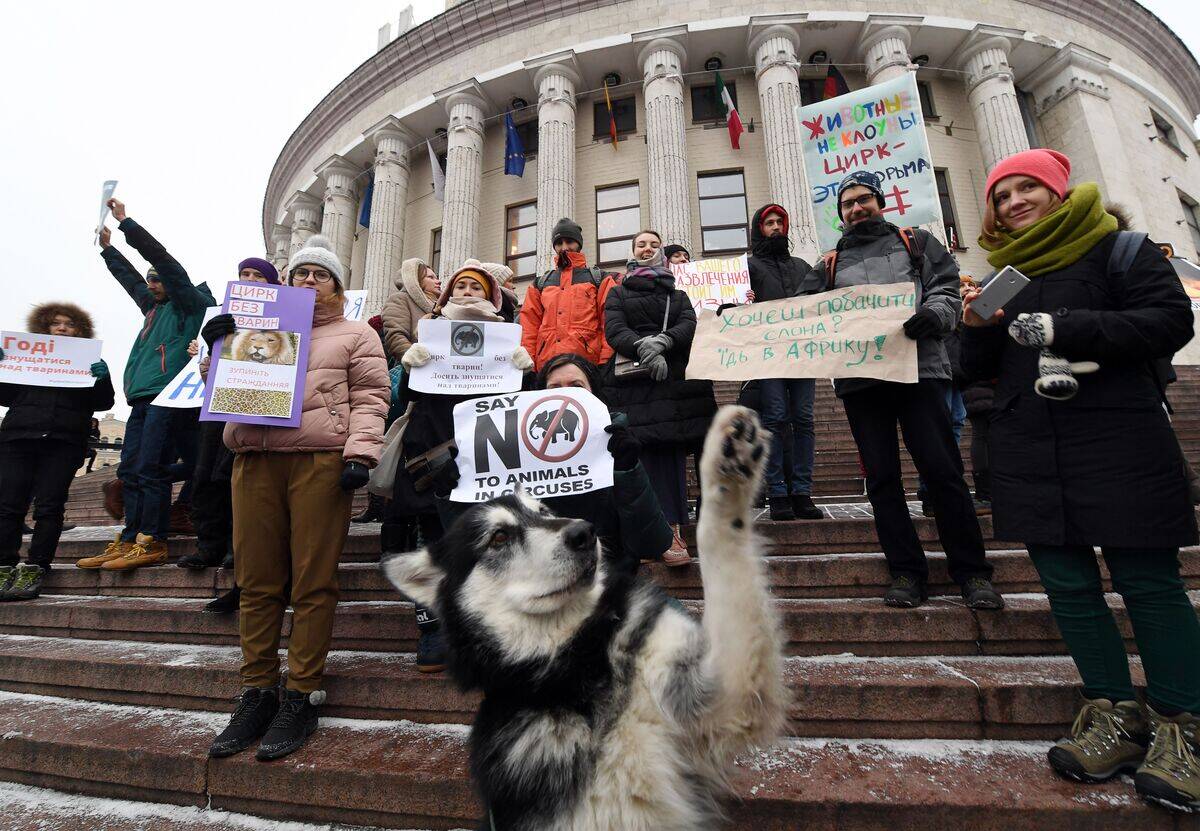
The circus industry faces numerous challenges and controversies, from animal rights issues to the sustainability of traditional models. Public perception has shifted, leading many circuses to adapt by eliminating animal acts and focusing on human performances.
The industry continues to grapple with finding a balance between honoring its heritage and meeting modern ethical standards, ensuring the circus remains a beloved form of entertainment.



